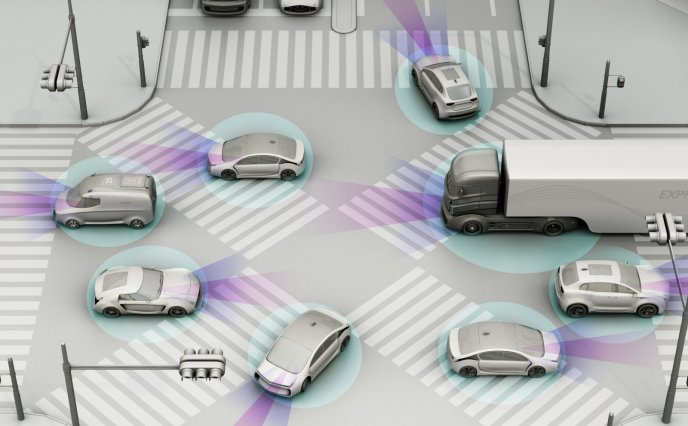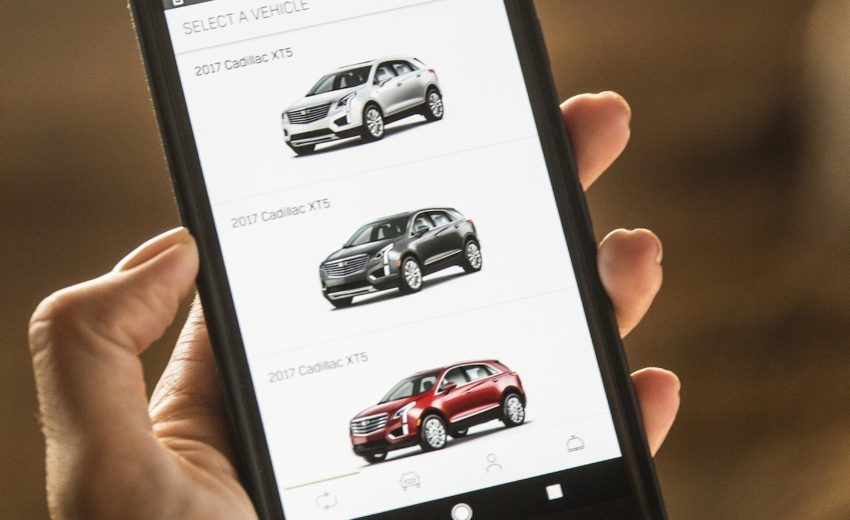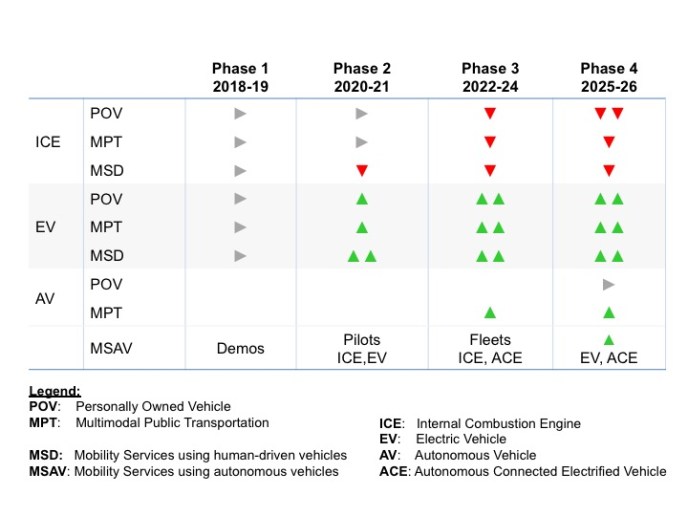In the book Transportation Transformation, I stated that several megatrends will necessitate the transformation of urban mobility from one that is centered around the privately owned vehicle to one that is offered as a service, combines multiple modalities, and promotes sharing. The pandemic forced many of us to work from home […]
June proved an extremely important month to the ongoing transformation of urban transportation.
-
13 May 2020May 13, 2020
- Author Evangelos Simoudis
- Comments 0
- Views 3852
The changes we have seen over the past 10 years in urban consumer transportation preferences with the ascend of on-demand mobility services should have convinced OEM executive teams that significant transformations of their business are necessary.
-
21 April 2020April 21, 2020
- Author Evangelos Simoudis
- Comments 0
- Views 3893
In my forthcoming book Transportation Transformation I define next-generation mobility as the intelligent movement of people and goods using automated (or autonomous), connected and electrified vehicles. Next-generation mobility is still in its infancy, but I predict it will unfold in three phases.
-
24 July 2019July 24, 2019
- Author Evangelos Simoudis
- Comments 0
- Views 4347
The automotive industry has survived many swings of feast and famine using a business model that is largely unchanged in a century. The industry has made a remarkable recovery in the decade since the Great Recession, with record sales and profits over the past five years. Yet despite this success, there is broad recognition something fundamental has changed and that focusing exclusively on the current business model is unwise.
In early November 2017, Waymo announced that while it will continue its tests in Washington, California, and Texas, it was ready to start ferrying consumers in its fleet of driverless minivans in Chandler, Arizona. Later the same month GM presented their roadmap for autonomous vehicles and details about the mobility services […]





